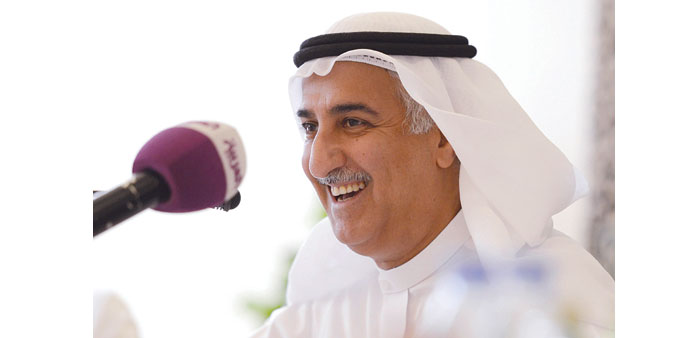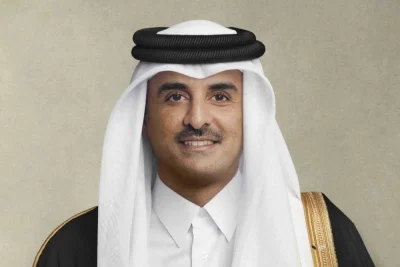Al-Mubarak: Commercial banks still have deposits of about 200bn riyals at the central bank.
Reuters
Dubai
Saudi Arabian commercial banks have plenty of cash, Saudi central bank governor Fahad al-Mubarak said yesterday after a rise in interbank money rates raised concern about tightening liquidity in the kingdom.
Al-Mubarak told Saudi-owned Ekhbariya Television that the increase in money rates, which he described as “slight”, was due to expectations for higher US interest rates, and also related to seasonal factors towards the end of each year.
The three-month Saudi interbank offered rate jumped to 1.00375% yesterday, its highest level since 2009, from around 0.78% in late July.
Low oil prices have cut new oil revenues flowing into Saudi banks, while the government has started issuing about 20bn riyals ($5.3bn) of bonds every month to fund a huge budget deficit caused by cheap oil, further pressuring liquidity.
The rise in money rates amounts to a tightening of monetary conditions just as the economy of the world’s top oil exporter also faces tighter fiscal policy. The government has said it is reducing spending in some areas to curb the budget deficit.
However, al-Mubarak told Ekhbariya that commercial banks still had deposits of about 200bn riyals at the central bank, which they could use to finance their activities.
“As for the slight increase which occurred in the cost of financing between banks recently, it is a result of expectations among local banks for a rise in the US interest rate and the effects of that on the local rate,” he said.
Al-Mubarak added, “This phenomenon happens every year in the last quarter of the financial year - we see that there is intense competition” for funds. He did not elaborate.
Like other Saudi officials, al-Mubarak rejected as unjustified the decision of Standard & Poor’s at the end of last month to downgrade Saudi Arabia’s sovereign debt ratings.
The cost of insuring Saudi sovereign debt against default rose last week to its highest level since June 2009, when the global financial crisis was raging, implying investors believe Saudi Arabia is more likely to default in the next five years than the Philippines.
Saudi officials have insisted they have plans in place to stabilise state finances, but have so far not publicly revealed details, beyond saying they are trimming spending and considering steps such as cuts in domestic fuel subsidies.



